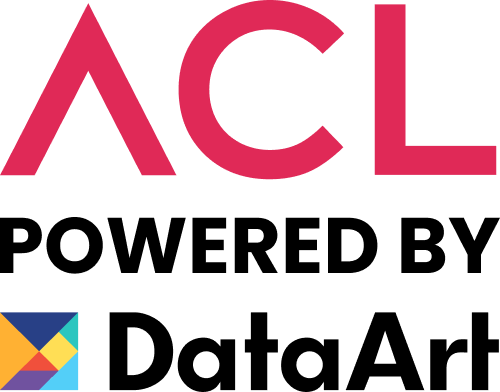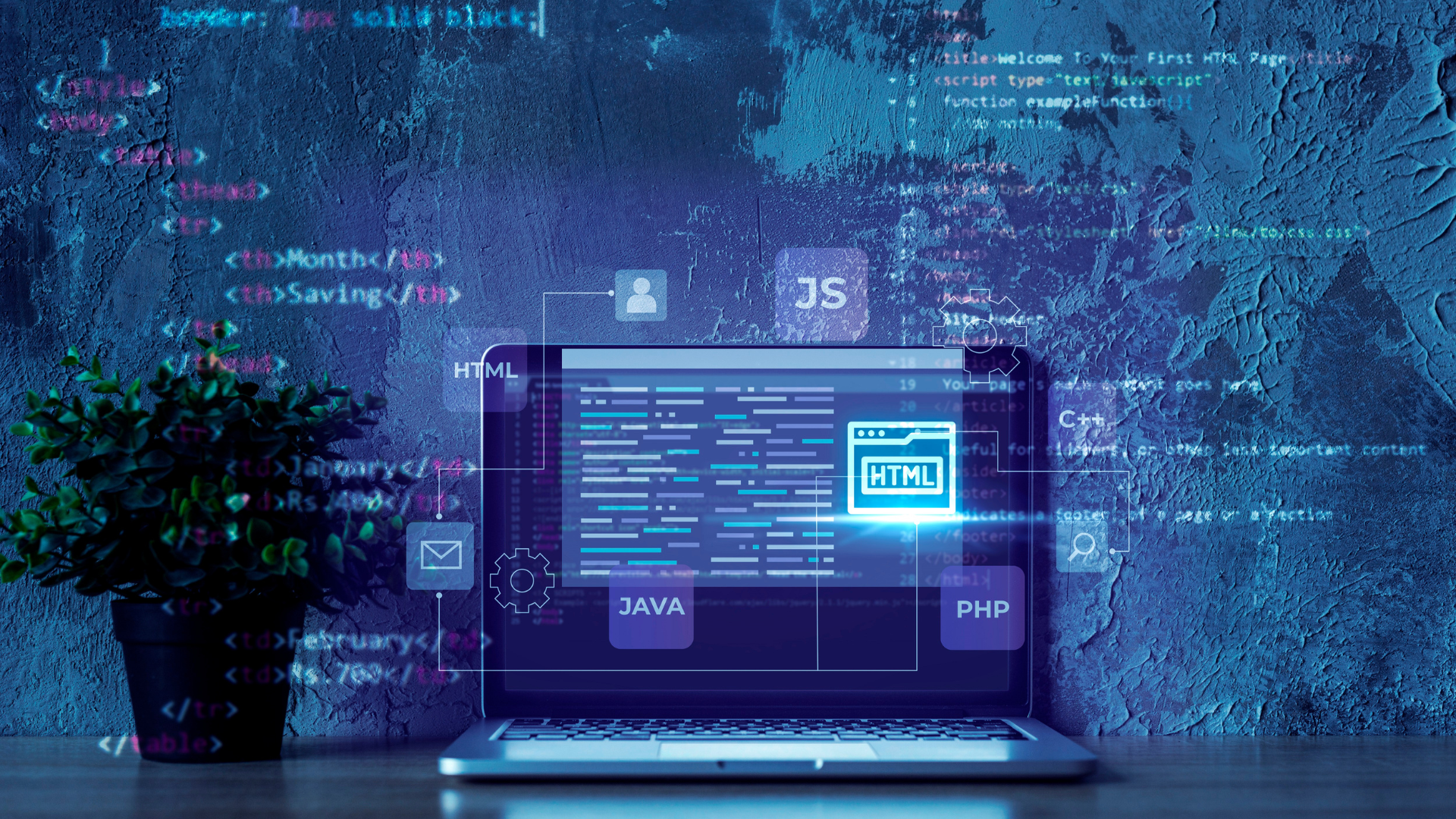As we get closer to 2024, the landscape of technology in Latin America is not just changing; it's continuing to thrive. This region skyrocketed in popularity as the COVID-19 pandemic and derived remote work strategies upped outsourcing numbers to LATAM a striking 75%. Today, companies from the US and Canada can access amazing benefits by hiring nearshore developers from these countries. Because of this, it’s always best to stay up-to-date with the latest tech trends shaping a region with such a cost-effective talent pool. This article is your compass to navigate through the bustling LATAM software development trends, uncovering how tech innovations are reshaping the industry and why Latin America is a goldmine if you’re looking to hire developers.
The Current State of the LATAM Software Industry
he Latin American software industry is currently experiencing a remarkable transformation. The region has been growing and innovating at an unprecedented pace for years now, becoming a go-to outsourcing choice for companies all across North America and the rest of the world. One of the key highlights of this industry is its agile response to digital transformation. Countries like Brazil, Mexico, and Argentina are leading the charge, showcasing robust growth in software development capabilities. This growth is fueled by a young, tech-savvy workforce that's adept at adapting to new technologies and methodologies.
Still, what really sets LATAM apart in the software industry is the region's unique combination of skilled talent and IT cost-efficiency. Companies worldwide are turning to LATAM for quality software solutions that don't break the bank. The region's developers are known for their proficiency in various programming languages, including Python, Java, and JavaScript, making them versatile assets in any tech project.
In terms of market segments, LATAM is seeing significant growth in areas like fintech, e-commerce, and mobile app development. The fintech sector, in particular, has witnessed a boom, driven by an increased demand for digital payment solutions and financial inclusion initiatives. Another aspect where LATAM shines is in its approach to customer-centric software solutions. The region's developers have a keen understanding of user experience (UX) and user interface (UI) design, creating software that is not only functional but also user-friendly and engaging.
What this means for you as a business professional is that whether you're looking to outsource software development or explore new tech markets, LATAM offers a fertile ground brimming with opportunities. Its blend of innovation, talent, and cost-effectiveness makes it an appealing choice for anyone looking to stay ahead in the dynamic world of technology.
Key Factors Making LATAM a Prime Outsourcing Region
Latin America is rapidly emerging as a hub for tech innovation, driven by several key factors that are worth your attention if you're navigating the global software development landscape.
- A Large Talent Pool:
LATAM boasts a vast and growing pool of skilled software developers. Most countries in the region are producing tech talent with strong expertise in cutting-edge technologies and a solid English proficiency level. This talent pool is not just large but diverse, offering a wide range of skill sets from web development to AI and machine learning.
- Government Support and Policies:
Many LATAM governments are actively supporting the tech sector through incentives and investments. For instance, initiatives like Start-Up Brasil and Mexico's INADEM have been instrumental in fostering a conducive environment for tech innovation and entrepreneurship.
- Cultural Affinity and Time Zone Alignment:
For North American and European companies, LATAM offers the advantage of cultural affinity and favorable time zone alignment - with mostly an hour or two away from the EST schedule. This facilitates smoother communication and collaboration, a crucial factor in agile software development and project management.
- Growing Startup Ecosystem:
LATAM’s startup scene is vibrant and thriving. Cities like São Paulo, Buenos Aires, and Bogota are becoming known as the Silicon Valley of South America. This burgeoning startup ecosystem is a hotbed for innovation, drawing attention from global investors and tech giants.
- Digital Transformation Acceleration:
The region has witnessed accelerated digital transformation, especially in the wake of the COVID-19 pandemic. This shift has created a surge in demand for digital services and solutions, propelling the software development industry forward.
- Increased Investment in Tech Education:
There's a growing emphasis on tech education in LATAM. Universities and private institutions are offering advanced courses in software development and IT. Moreover, online platforms and coding boot camps are making tech education more accessible, thereby expanding the talent pool.
- Adoption of Latest Technologies:
LATAM developers are not just keeping up with global tech trends; they're often at the forefront. From blockchain to cloud computing, LATAM’s tech professionals are quick and skilled at harnessing the latest technologies to deliver innovative solutions.
- Focus on Niche Markets:
LATAM is also carving out niches in specific sectors like fintech, agtech, and healthtech. This specialization ensures that the region is not just a general player in the software market but a leader in specific, high-growth areas.
LATAM Software Development Trends for 2024
As we turn our focus to the heart of Latin America's tech scene in 2024, we’ll explore how LATAM is not only adopting global tech movements but also pioneering unique solutions tailored to its diverse market needs. In this section, we're zeroing in on the hottest tech trends that are currently shaping LATAM's software development landscape. Whether you're a tech enthusiast, a seasoned developer, or a business leader looking to stay ahead of the curve, this round-up of LATAM software development trends will equip you with the insights needed to understand and leverage the region's growing tech influence.
1. Continued Adoption of Artificial Intelligence and Machine Learning
AI and ML are not confined to tech companies in LATAM; they're being rapidly adopted across various industries. From finance to healthcare, these technologies are enabling businesses to optimize operations, enhance customer experiences, and drive innovation. Naturally, LATAM's growing startup ecosystem is increasingly focusing on AI and ML. Investment in these areas has skyrocketed, with startups developing solutions ranging from chatbots and automated customer service to predictive analytics and intelligent supply chain management.
Moreover, there's a significant push towards developing home-grown AI solutions tailored to local markets. This trend is particularly strong in Brazil and Mexico, where there's a growing emphasis on creating AI solutions that address region-specific challenges and opportunities. To support this AI and ML surge, educational institutions across LATAM are introducing specialized courses and programs. This effort is not only producing a new generation of AI and ML experts but also ensuring a continuous supply of talent ready to export their services.
2. Advancements in Cloud Computing and IoT
In 2024, LATAM is making significant strides in cloud computing and the Internet of Things (IoT), positioning itself as a key player in these global tech trends. Cloud computing has become a cornerstone of digital transformation in LATAM. Businesses across the region are rapidly adopting cloud services to enhance efficiency, scalability, and innovation. This adoption is driven by the need for flexible, cost-effective solutions that support remote work and complex data analytics.
When it comes to IoT, LATAM is contributing significantly to its growth. The region is particularly focused on developing IoT applications for smart cities, agricultural technology (AgTech), and industrial automation. These applications are transforming urban management, enhancing agricultural productivity, and optimizing manufacturing processes. LATAM’s manufacturing sector is also increasingly integrating IoT technologies into its products. This integration is boosting the efficiency and functionality of consumer and industrial products, enhancing connectivity and data collection capabilities.
3. A Growing Financial Technology Landscape
LATAM's fintech scene is experiencing explosive growth. Countries like Brazil, Mexico, and Colombia are leading the charge, with a proliferation of startups offering innovative financial solutions. These range from mobile banking and payment apps to financial management tools, catering to a market that's historically been underbanked. Now, one of the most remarkable aspects of this fintech surge is how it's democratizing access to financial services. Digital platforms are providing banking solutions to millions who previously had limited access to traditional banking.
Believe it or not, LATAM's fintech startups are particularly innovative in payment solutions. The adoption of mobile payments and digital wallets is transforming how consumers and businesses handle transactions, offering convenience and enhanced security. There's a growing trend of collaboration between fintech startups and traditional banks and credit card companies as well. This synergy is crucial in combining innovative fintech solutions with the robustness and trust associated with established financial institutions. For example, Mercado Libre (the Amazon of LATAM) has a long-established partnership with MasterCard offering different benefits to mutual users
4. Enhanced data security and privacy
In LATAM, there's a heightened awareness of the importance of data security. Businesses and consumers alike are increasingly mindful of the risks associated with data breaches and cyber-attacks. This awareness is driving demand for more secure software solutions. Local developers are also actively enhancing security measures in their products. This includes the incorporation of advanced encryption technologies, secure authentication processes, and regular security updates to protect against emerging threats.
LATAM is aligning with global data privacy standards, such as GDPR. This alignment not only ensures better protection of user data but also facilitates smoother business operations with international partners who require compliance with these standards. Both startups and established companies are allocating more resources towards developing secure software and training their workforce in cybersecurity best practices at an international level.
5. Green Computing
Green computing is gaining momentum in LATAM, with innovations aimed at reducing electronic waste and improving energy efficiency in data centers and IT infrastructures. Companies are exploring renewable energy sources and more sustainable hardware designs - feeding the growing trend of integrating sustainability principles right from the early stages of software development. This approach ensures that environmental considerations are factored in throughout the software development life cycle, from design to deployment and maintenance.
As environmental regulations become more stringent and consumer awareness grows, LATAM's tech companies are recognizing the need to align with these trends. Adhering to environmental standards is becoming essential, not just for compliance but also for meeting the evolving expectations of customers and partners.
6. EdTech
LATAM's EdTech scene is bustling with startups that are innovating in the realms of digital learning and educational software. These startups are not just digitizing traditional learning methods but are reimagining education through interactive and personalized learning experiences. They are introducing a range of learning platforms, from mobile apps for language learning to online platforms offering courses in coding and digital skills. These platforms cater to diverse learning needs and preferences, making education more inclusive and accessible.
Many of LATAM’s EdTech startups are concentrating on vocational and skill-based learning. They are addressing the skills gap in the job market, equipping learners with the necessary skills to thrive in the evolving digital economy. Moreover, there’s been increasing collaboration between EdTech startups and traditional educational institutions. This partnership is enhancing the learning experience by integrating the latest technologies and methodologies into the classroom
7. Greater Use of Virtual Reality
As of 2023, there are an estimated 171 million VR users worldwide. This shows not only that the US has rapidly adopted this tech trend but also signals that other regions have incorporated it into their IT practices. VR technology is rapidly gaining traction in LATAM, with a growing number of businesses and consumers embracing this immersive technology. Its applications are diverse, ranging from entertainment and gaming to education and training. Now, LATAM software development companies are utilizing VR for more than just gaming. Tech organizations are exploring its potential in sectors like real estate, where virtual tours are becoming commonplace, and in healthcare, for advanced medical training and patient therapy. This opens a whole new world of possibilities for the use of VR in the region.
8. Mobile-First Strategies
LATAM's high smartphone penetration rates are a key driver for the adoption of mobile-first strategies. With a large portion of the population accessing the internet primarily through mobile devices, businesses are prioritizing mobile-friendly designs and functionalities. This is one of the LATAM software development trends that has spurred significant growth in mobile app development across the region. LATAM's developers are creating apps that cater to a variety of needs, from Google search, e-commerce, and financial services to social media and entertainment, ensuring a seamless mobile user experience.
Leverage All LATAM Software Development Trends with ACL’s Nearshoring Services
Beyond the many software development trends stemming from this region, LATAM offers access to a vast and diverse talent pool of software developers. With countries like Brazil, Mexico, and Argentina leading in tech education and training, you can find developers skilled in various programming languages and technologies.
At ACL, we guarantee the success of your software development projects by assisting you in recruiting top-tier nearshore developers from Latin America. Whether you need to hire a single nearshore developer or a large outsourced development team to stay up-to-date with the industry’s latest innovations, we can help you find the right fit for your company.






